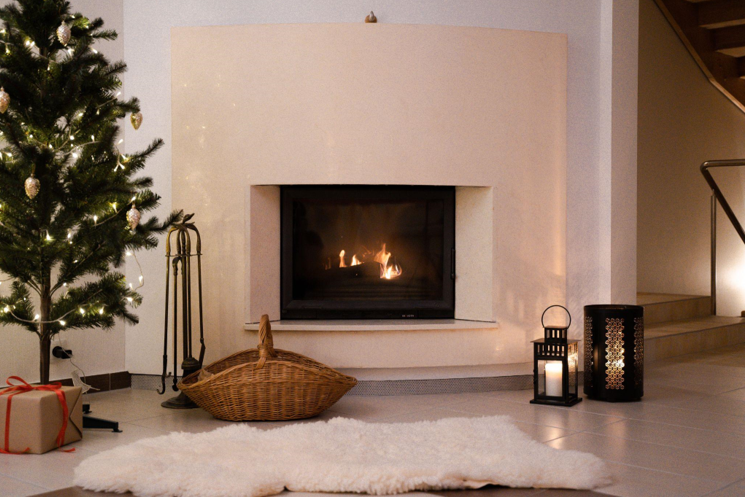
The Environmental Impact of Traditional Christmas Trees
Many homeowners consider decorating their homes with Christmas as the holiday season approaches. Natural trees have traditionally been the go-to option for most households, but these gorgeous trees come with their environmental problems. Did you know an average of 25-30 million natural trees are in the United States annually? That’s a lot of trees! Unfortunately, the environmental impact of cutting down Trefor as decoration is staggering.
One of the most significant environmental issues associated with traditional Christmas time. Trees absorb carbon dioxide from the atmosphere as they grow, so cutting them down releases carbon back into the atmosphere. This is a major contributor to climate change. Additionally, removing trees from forests can disrupt the vital ecosystems that wildlife relies on Oftenases and Christmas tree farms are monoculture plantations where little, if any, nature exists. Finally, after the holiday server, natural Christmas trees are discarded and end up in landfills, further contributing to environmental waste.
Why Artificial Christmas Trees are the Eco-Friendly Choice
One solution to the environmental impact of traditional Christmas trees is to opt for artificial trees. Artificial Christmas trees may not have the same fresh pine scent as natural trees, but they off several advantages to the environment.
Firstly, artificial Christmas trees are typically made from recycled materials. This means that they do not contribute to the deforestation that natural trees do. Additionally, artificial trees can be used for multiple years, saving trees in the long run. Finally, this makes them a more eco-friendly option, as they can be reused year after year for further planting, cutting, or pesticide use for tree farms.
Another essential advantage of full artificial Christmas trees is that they don’t require water to stay fresh, meaning households using artificial trees use less water during the holiday season. Furthermore, artificial trees do not shed needles, reducing the need for cleanup and disposal.
Finally, Ally is a more cost-effective option because artificial trees are reusable. While they might be more expensive initially, when you factor in the cost of purchasing a new natural Christmas tree each year, plus the environmental impact, the artificial tree is much more economical.
In conclusion, the decision can be difficult when selecting a Christmas tree to display in your home. Without a doubt, natural trees have beauty and charm, but they come with significant environmental problems. Artificial trees, on the other hand, offer an eco-friendly solution that can be used year after year without contributing to deforestation, water waste, and other environmental issueUltimatelyend, switching to an artificial Christmas tree is the right choice for anyone who wants to celebrate the season in an environmentally responsible way.
